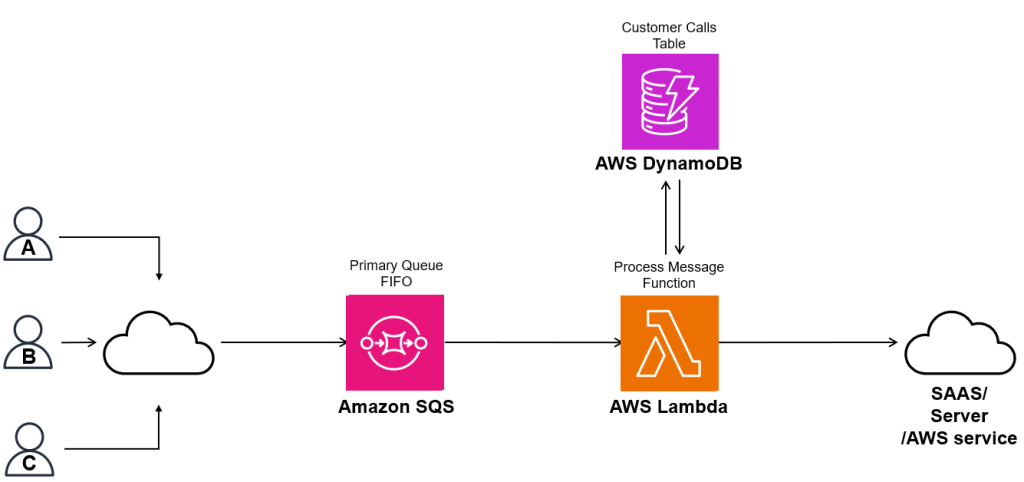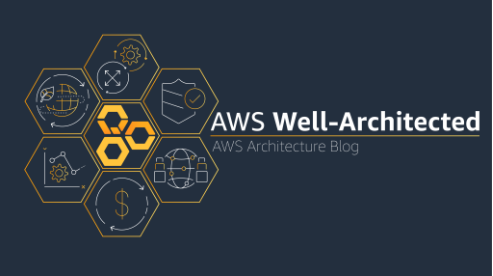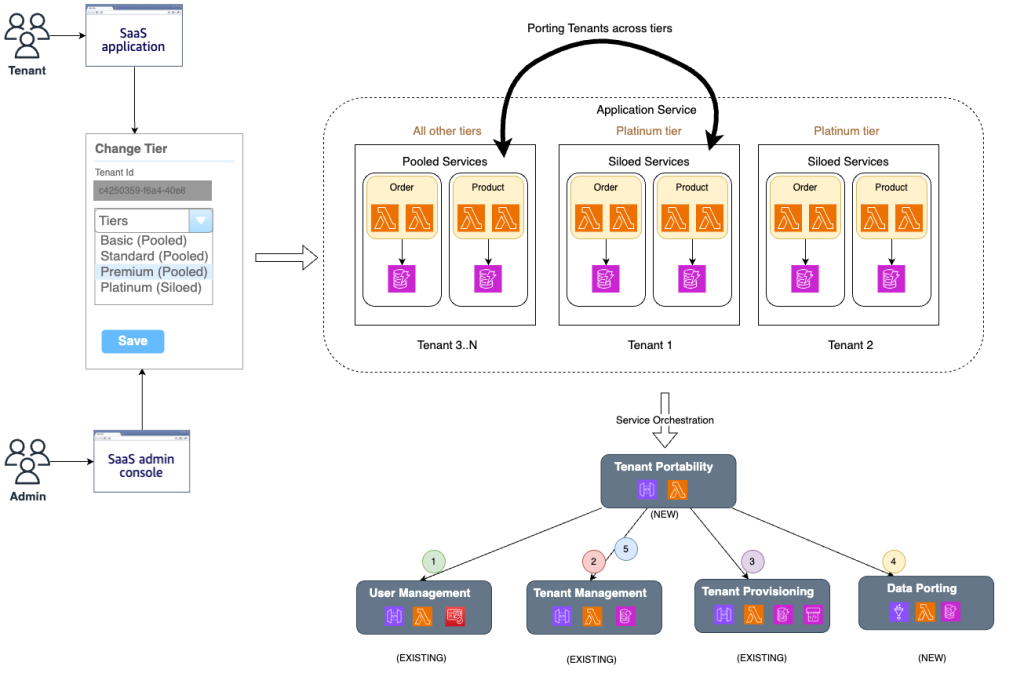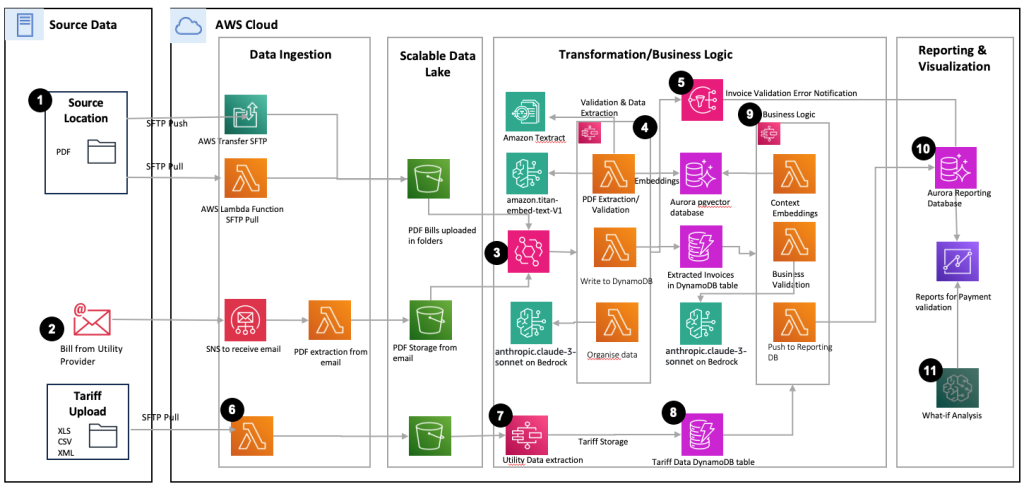AWS Architecture Blog
How Wesfarmers Health implemented upstream event buffering using Amazon SQS FIFO
Customers of all sizes and industries use Software-as-a-Service (SaaS) applications to host their workloads. Most SaaS solutions take care of maintenance and upgrades of the application for you, and get you up and running in a relatively short timeframe. Why spend time, money, and your precious resources to build and maintain applications when this could […]
Achieving Frugal Architecture using the AWS Well-Architected Framework guidance
As part of the re:Invent 2023 keynote, Dr. Werner Vogels introduced the Frugal Architect mindset. This mindset emphasizes the importance of continuous learning, curiosity, and regular revision of architectural choices with a focus on cost and sustainability. Cost and sustainability should be treated as critical non-functional requirements, alongside factors like security, compliance, and performance. The […]
Tenant portability: Move tenants across tiers in a SaaS application
In today’s fast-paced software as a service (SaaS) landscape, tenant portability is a critical capability for SaaS providers seeking to stay competitive. By enabling seamless movement between tiers, tenant portability allows businesses to adapt to changing needs. However, manual orchestration of portability requests can be a significant bottleneck, hindering scalability and requiring substantial resources. As […]
Introducing the Māori Data Lens for the Well-Architected Framework
In Aotearoa New Zealand, we have been listening and learning to better understand Māori aspirations when using cloud technology. We have been learning from Māori customers, partners, and advisors who have helped us on this journey. A common theme was how to safeguard Māori data in a digital world. Together with a group of Māori […]
Let’s Architect! Designing Well-Architected systems
The design of cloud workloads can be a complex task, where a perfect and universal solution doesn’t exist. We should balance all the different trade-offs and find an optimal solution based on our context. But how does it work in practice? Which guiding principles should we follow? Which are the most important areas we should […]
Simplify and automate bill processing with Amazon Bedrock
This post was co-written with Shyam Narayan, a leader in the Accenture AWS Business Group, and Hui Yee Leong, a DevOps and platform engineer, both based in Australia. Hui and Shyam specialize in designing and implementing complex AWS transformation programs across a wide range of industries. Enterprises that operate out of multiple locations such as […]
Announcing updates to the AWS Well-Architected Framework guidance
We are excited to announce the availability of an enhanced AWS Well-Architected Framework. In this update, you’ll find expanded guidance across all six pillars of the Framework: Operational Excellence, Security, Reliability, Performance Efficiency, Cost Optimization, and Sustainability. In this release, we updated the implementation guidance for the new and existing best practices to be more prescriptive. This includes enhanced recommendations and steps […]
Let’s Architect! Migrating to the cloud with AWS
In today’s digital world, businesses are increasingly turning to the cloud for its scalability, agility, and cost-effectiveness. Migrating your data center to the cloud can be a daunting task, but with the right approach and tools, it can be a successful journey. This Let’s Architect! blog post will guide you through the process of migrating […]
Genomics workflows, Part 7: analyze public RNA sequencing data using AWS HealthOmics
Genomics workflows process petabyte-scale datasets on large pools of compute resources. In this blog post, we discuss how life science organizations can use Amazon Web Services (AWS) to run transcriptomic sequencing data analysis using public datasets. This allows users to quickly test research hypotheses against larger datasets in support of clinical diagnostics. We use AWS […]
Let’s Architect! Learn About Machine Learning on AWS
A data-driven approach empowers businesses to make informed decisions based on accurate predictions and forecasts, leading to improved operational efficiency and resource optimization. Machine learning (ML) systems have the remarkable ability to continuously learn and adapt, improving their performance over time as they are exposed to more data. This self-learning capability ensures that organizations can […]





